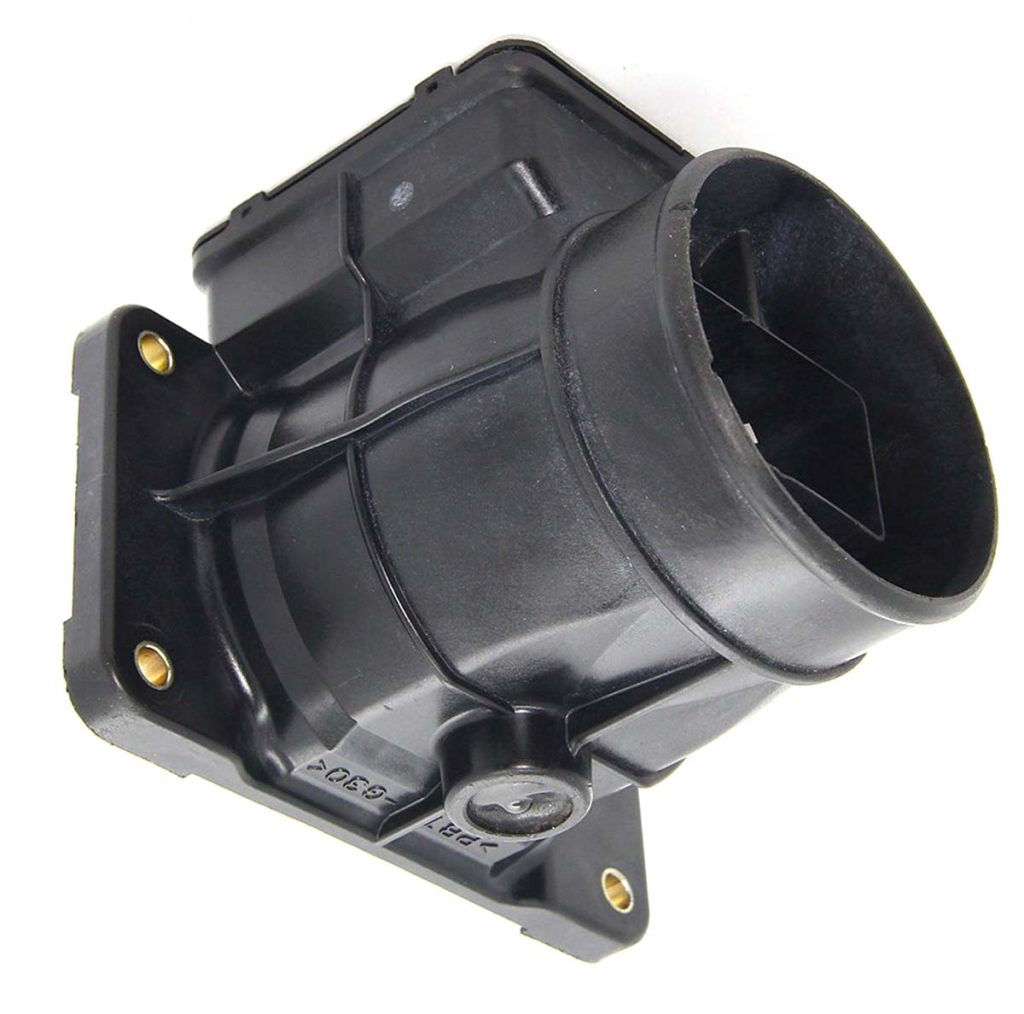Automotive sensors in vehicles are used to control important performance characteristics, such as fuel ratio, the mass flow of air in the carburetor, throttle, velocity, etc.
Protecting the health of your car requires keeping a tab on the check engine light. If it glows – if everything else is perfect – the four important sensors might be malfunctioning.

This article will help you solve some of the issues you may be having with your sensors, or prevent future car troubles, or simply serve as a guide for the enthusiast in you.
Types Of Sensors And How They Work
There are many types of automotive sensors mentioned in the introduction require elaboration. The scope of this article will be restricted to three sensors:
- Oxygen Sensors: Oxygen sensors read the amount of unused oxygen in the automotive exhaust, which is then used by the onboard computer module to balance the fuel ratio.
- Mass Air Flow Sensors: The Mass Air Flow (MAF) Sensor measures the volume and density of air per unit time entering the engine.
The onboard processor uses this information in conjunction with input from other sensors to calculate the exact amount of fuel to deliver to the engine, as well as the desired ignition timing. - Throttle Position Sensor: The Throttle Position Sensor (TPS) informs the automotive engine control module of the accelerator pedal and throttle plate positions.
Troubleshoot My Sensor
Oxygen Sensors
In oxygen sensors, rich condition codes and lean condition codes are used to diagnose the problem.
- The oxygen sensor is located either in the exhaust manifold or the exhaust pipe. Remove it.
- Look out for worn insulation on the wire or a loose connection. Start the engine and let it run for about five minutes, and turn OFF the engine. Disconnect the sensor and isolate its connector away from the exhaust.
- Turn the digital Volt Ohm Meter to the milli-volt setting, connect the positive DVOM lead into the sensor connector terminal, and ground the negative DVOM lead to an unpainted ground.
- Restart the engine. Observe the DVOM reading. It should fluctuate between 100 and 1,000 mV (0.1 and 1.0 volts). If the voltage doesn’t fluctuate in the pattern indicated above, the oxygen sensor is faulty and needs replacement.
- Reconnect the sensor. Clear the trouble codes from the ECM memory by disconnecting the negative battery cable for at least ten seconds.
Throttle Position Sensor
- The TPS is located either on the side of the carburetor or the side of the fuel injector. Visually inspect the sensor for worn insulation on the wires and a loose or cracked connection, and then disconnect the sensor.
- With the DVOM in the 20K ohm position, connect the positive DVOM lead to the sensor’s central terminal.
- Then, connect the negative DVOM lead to one of the other sensors’ terminals.
- Slowly move the throttle lever until it is at the wide-open position. Depending upon which terminal you connected the negative DVOM lead to, the DVOM reading should either increase or decrease steadily.
- Now, release the throttle lever slowly. If the DVOM reading is not gradual and steady but moves instead at an irregular pace, the sensor is defective and needs replacement.
- Reconnect the sensor. Clear the trouble codes from the ECM memory by disconnecting the negative battery cable for at least ten seconds.
Mass Air Flow Sensor
- This automotive sensor is located between the air filter and the engine throttle body. To test, start the engine.
- Take a screwdriver handle and tap the MAF gently repeatedly on the plug-in side. DO NOT STRIKE IT HARSHLY. IT WILL BREAK.
- If the engine staggers, misfires, or stops running, the sensor is defective and should be replaced. Clear the trouble codes from the ECM memory by disconnecting the negative battery cable for at least ten seconds.
